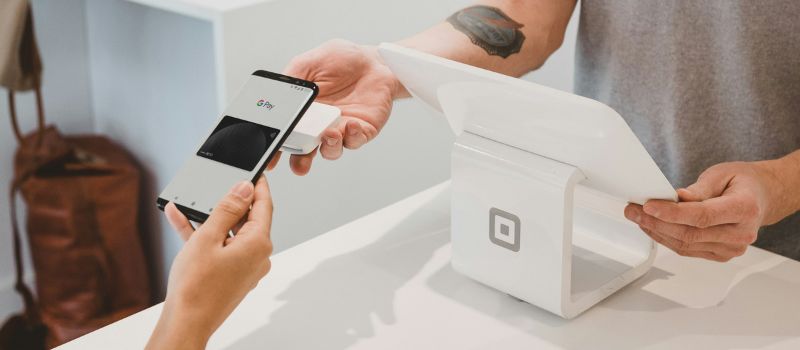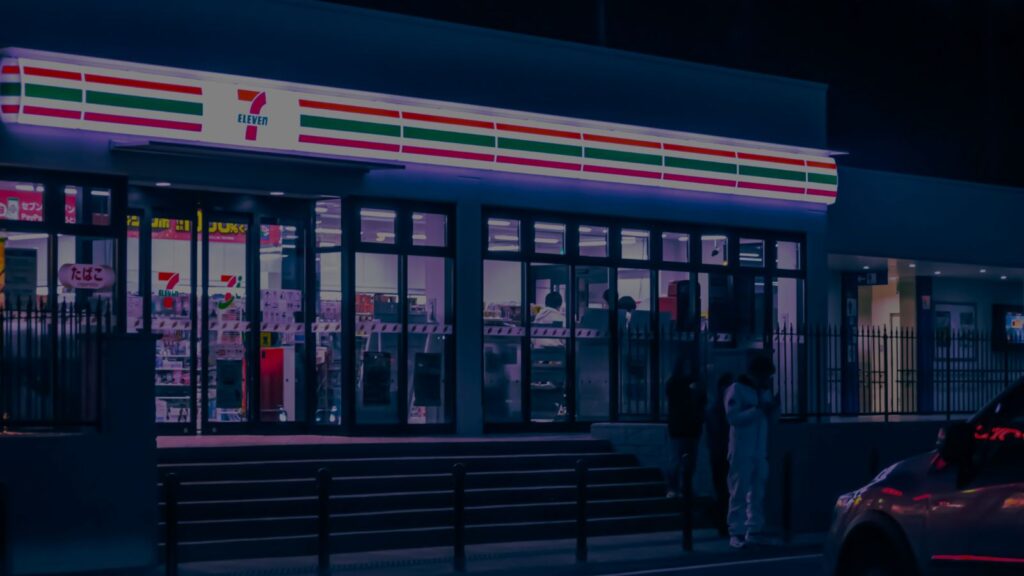Overview of Convenience Stores
Convenience stores, mini-marts, and bodegas are small-sized stores that offer a limited range of grocery, drug, and snack items people are likely to need or want as a matter of convenience. Most convenience stores are located on busy street corners or in gas stations, where they can be utilized by both travelers and local residents. These stores usually allow for quicker shopping and faster check-out service. To compensate for the convenience they offer, prices are higher than at supermarkets.
Convenience stores usually open early in the mornings to accommodate early workers and commuters and do not close until midnight or later. These hours allow commuters and other workers to stop in for breakfast. They will sell coffee in carryout cups and ready-to-go bakery items such as muffins and doughnuts. Convenience stores appeal to families who may need to replace just one or two items, such as milk, toilet paper, or bread, as well as regular customers who buy lottery tickets, liquor, or candy.
At lunch time students often buy cold drinks and snack foods from convenience stores. Many have microwaves for heating up prepared sandwiches, soups, and other food items they sell.
Because water, soft drinks, and alcohol are the biggest selling items, there will be a long, refrigerated cooler along the back or side wall. The front counters may hold containers of candy, beef jerky, phone cards for sale, or whatever the owner thinks might be an impulse buy. Space is usually limited, so the store will not contain items that do not sell quickly.
Primary Issues in the Examination of a Convenience Store
- Unreported income
- Handling and accounting for cash receipts
- Cost of goods sold
Cash and Internal Controls
Unless the serial numbers were recorded, no one can identify cash that is missing from a particular business. Unlike checks, no one can trace who used it.
For these reasons, the examiner must always ask about the procedures for handling and safeguarding cash. A thorough understanding of how cash is handled is particularly important, so be sure to find out:
Cash Handling Procedures
- Who collects the cash
- Where it is kept
- Who reconciles it to sales at the end of the day or shift
When cash is used to pay vendors or make purchases, the examiner must find out:
- Who is authorized to do this
- What is the procedure
- How is it reported

Even with weak internal controls, a taxpayer may be properly reporting income, but the only way to know this is to gather detailed information about how the business is conducted, documenting cash inflows and outflows and thoroughly interviewing the owner regarding cash receipts and expenditures.
Bank Deposits and Controls
It is important to find out who takes cash to the bank and what accounts it may be deposited into. If the same employee (or owner) who records the income and prepares the bank deposit slip also takes the cash to the bank, they could change the amount on the deposit ticket and skim some or all of the cash.
Examples of Internal Controls
Fast food drive-thru restaurants know that when cash is collected and entered by one employee at the first window, and the food is delivered by a different employee at a second window, it is less likely that food will be given away free or that cash will be stolen.
Restaurants that offer a free meal if customers don’t get a receipt are trying to make sure their employees record all sales in the cash register. Both of these are internal controls.
Inquiries for Examiners
The examiner should ask the taxpayer what they do to make sure all cash is reported. If they have employees, ask what they do to make sure the employees don’t steal from the business. If they can’t describe the controls they have, or can’t explain why there are no controls, there is probably some missing cash. If only family members are handling cash, and there is no external control in place, the cash reported may not be reliable.
The taxpayer may have a cash register, but that doesn’t mean it is used properly. During the initial interview, ask what percentage of sales is attributed to cash compared to credit or check payments.
Cash Register Controls

At the end of a shift an owner or manager will use a special key to print end-of-day sales reports:
- X report – detail tapes
- Z report – summary tapes
The cash in the register will be compared to the sales on the tape.
If the taxpayer has a computerized cash register system and cannot provide the requested financial records, contact the cash register manufacturer for instructions on how to obtain the reports needed. Most programs made within the last decade can produce the essential reports.
Rarely will more than one employee use a single cash drawer because the owner needs to know who is responsible for shortages and voids.
Ways to Hide Missing Cash
- Reporting the wrong amount of cash so it reconciles to the register tape. This is why the person who collects cash should not count their drawer proceeds at the end of the shift.
- Destroying the register tapes and reporting only the amount “received.” In this case, since the source documents are missing, an indirect method is needed to determine accurate income.
Frequently Asked Questions
What is the main purpose of a convenience store?
The primary purpose of a convenience store is to offer quick and easy access to everyday items such as snacks, beverages, and household necessities, typically at higher prices than supermarkets due to the convenience they provide.
Why are convenience stores often examined for unreported income?
Because convenience stores handle a high volume of cash transactions, they are more susceptible to unreported income. Examiners focus on internal controls and cash-handling procedures to ensure that all income is properly documented and reported.
How do internal controls help prevent cash theft in convenience stores?
Internal controls such as separating duties (e.g., one employee handles cash, another verifies receipts), using cash register reports (X and Z tapes), and implementing checks like shift-end reconciliations help reduce the risk of theft and ensure accurate reporting.
What are signs that a convenience store might be hiding cash income?
Common red flags include missing or altered register tapes, lack of detailed cash-handling procedures, no clear separation of duties, and failure to deposit all cash into business bank accounts. Inconsistent reporting or undocumented cash usage may also suggest hidden income.
Why are beverage sales so prominent in convenience stores?
Beverages such as water, soda, and alcohol have high turnover rates and generate consistent profits. The presence of long refrigerated coolers dedicated to drinks underscores their importance in driving daily foot traffic and revenue.

